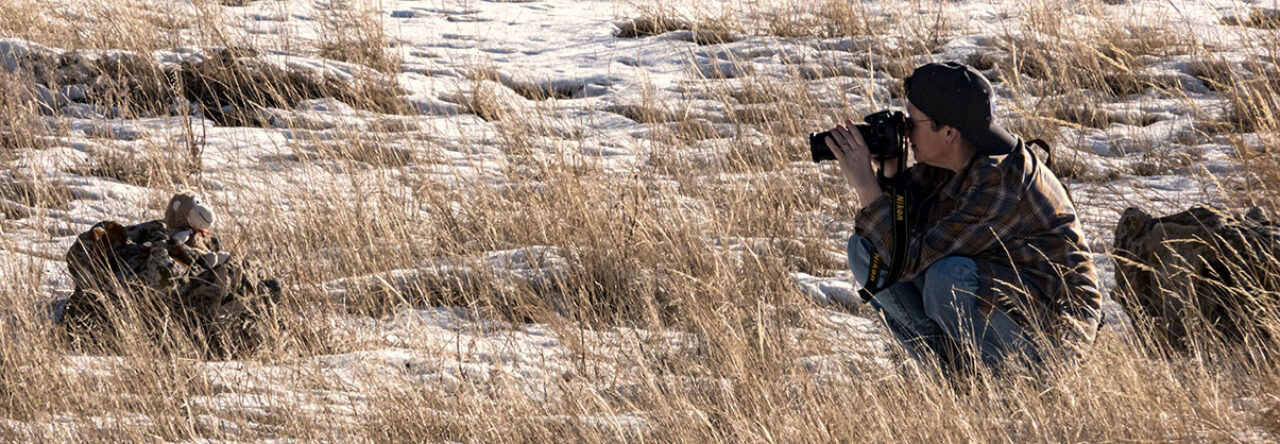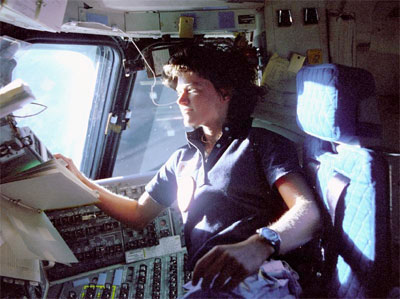I never wanted to be an astronaut, but I looked up to one.
As a young girl, my grandmother always taught me that I could do anything I wanted. Just because I was a girl didn’t mean I couldn’t do the job a boy did. I was a tomboy. I liked to blow stuff up, fix things, play baseball, and conduct stupid experiments, such as, can I make the jump from the roof of the house to the tree – no, I could not.
I was also keen on outer space. While I would learn in my college years that I was not smart enough to be an astronaut, that never matter to me. I got to see Sally Ride, the first American woman in space, third overall, climb aboard the space shuttle Challenger and take to the skies.
She was smart enough and she was just as good as her male counterparts. It seems odd to think about it today, as men and women train to go into space all the time. Until June 18, 1983, that had never happened before. Nearly 13-year old me got to see that what my grandmother had taught me was true.
Sally was a student at Stanford University studying for her P.h.D in physics in 1977 when NASA began looking for women astronauts. Sally saw an ad in the school newspaper inviting women to join the astronaut program and applied. She was one of six women, out of 8,000, chosen. She passed all the required tests and was selected to be part of the 35-member NASA Astronaut Group 8 on Jan. 16, 1978.
After completing astronaut training, the Astronaut Class of 1978 became eligible for ground and flight assignments. Ride served as Capsule Communicator (CAPCOM) for STS-2 and STS-3 (both with orbiter Columbia) in late 1981 and early 1982, and became an expert in the use of the Shuttle’s robotic arm. On April 30, 1982, NASA announced that Ride would be part of the STS-7 crew, a satellite deployment and retrieval mission on board the Space Shuttle Challenger.
On that first mission, STS-7, Sally was a mission specialist and controlled the robotic arm.
During the six-day mission, the most complex in the shuttle program to date, the crew launched two commercial communications satellites, Anik C3 for Canada’s Telesat and Palapa B2 for Indonesia. Ride used the Shuttle’s robotic arm to deploy the first Shuttle Pallet Satellite (SPAS-01) and retrieve it two days later, the first time the Shuttle was used to return a spacecraft to Earth. The SPAS-01 satellite took some amazing photographs of Challenger as the two spacecraft flew in formation. Although originally planned to conduct the first shuttle landing at Kennedy Space Center, inclement weather in Florida forced a diversion to Edwards Air Force Base in California. Touchdown occurred June 24.
She flew on the space shuttle again in October 1984 as a mission specialist for the STS 41-G mission. Kathryn Sullivan, who was part of the initial 1978 group flew, making it the first time two women were in space at the same time. According to NASA, “During the eight-day mission in October 1984, the crew deployed an Earth-observation satellite and Sullivan conducted the first spacewalk by an American woman.”
Her third mission, STS-61M, was canceled after the Challenger accident.
She was asked to serve on the Presidential Commission on the Space Shuttle Challenger Accident that investigated the explosion of the space shuttle. She was asked again to complete a similar task in 2003 when NASA requested her expertise in the Shuttle Columbia accident investigation. She was the only person to serve on both boards that investigated the shuttle tragedies.
Sally stood up for what she believed in, including refusing to appear on an NBC tribute to NASA, hosted by comedian Bob Hope, because, “I don’t like the way he exploits women.”
One of my favorite stories she told was when engineers were trying to decide what a woman would want on the shuttle.
The engineers at NASA, in their infinite wisdom, decided that women astronauts would want makeup—so they designed a makeup kit. A makeup kit brought to you by NASA engineers. [Laughter] So, “What?” You can just imagine the discussions amongst the predominantly male engineers about what should go in a makeup kit. So they came to me, figuring that I could give them advice. It was about the last thing in the world that I wanted to be spending my time in training on. So I didn’t spend much time on it at all. But there were a couple of other female astronauts, who were given the job of determining what should go in the makeup kit, and how many tampons should fly as part of a flight kit. I remember the engineers trying to decide how many tampons should fly on a one-week flight; they asked, “Is 100 the right number?”
“No. That would not be the right number.”
They said, “Well, we want to be safe.”
I said, “Well, you can cut that in half with no problem at all.” [Laughter]
And there were probably some other, similar sorts of issues, just because they had never thought about what just kind of personal equipment a female astronaut would take. They knew that a man might want a shaving kit, but they didn’t know what a woman would carry. Most of these were male engineers, so this was totally new and different to them.
After she left NASA in 1987, Sally worked at Stanford for two years before becoming a professor physics at the University of California at San Diego and the director of the California Space Institute.
She also wanted to find ways to help young women and girls who wanted to study science and mathematics.
Sally created her own company, Sally Ride Science, to create educational programs that would inspire girls and young women.
She created NASA’s EarthKAM project, which allows middle school students to take pictures of Earth using a camera on the International Space Station. The students then studied the pictures.
Sally and her partner Tam O’Shaughnessy, wrote several science books for children. Sally also worked with a variety of science programs and festivals throughout the country.
She continued to find ways to help youth until her death on July 23, 2012, age 61.
https://youtu.be/wyM4wP41jgQ
Sally said, “If we want scientists and engineers in the future, we should be cultivating the girls as much as the boys.” She lived by those words and provided many opportunities for young women and girls to pursue those dreams.
It never mattered to me that physics was too difficult for me. What mattered was I had a prominent woman I could look up to and imagine what I could become.


Jina Red Nest
Good story